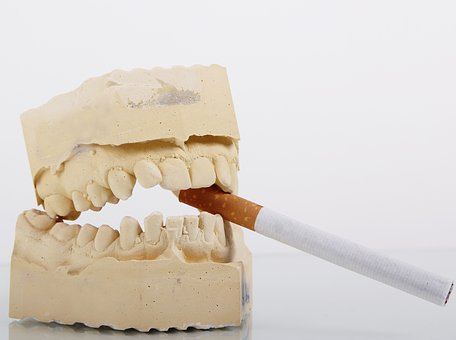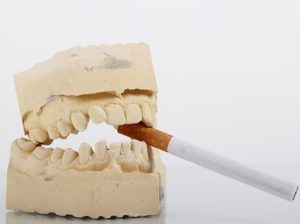What Dental Issues Can Develop from Chewing Tobacco?
Whether you call it chewing, snuffing, dipping, or snuffing, smokeless tobacco is known by many names.
But although it is not inhaled or smoked, chewing tobacco can still bring harmful consequences to your body, particularly to your oral health. Its popularity might have declined in the last few years, but many people are still into this habit. Even when its short and long-term effects are well-known – anything between tooth loss and cancer – some of them still find it hard to kick this habit for good.
Dental Issues from Chewing Tobacco
All kinds of tobacco are bad for the health, but there are some unique effects of chewing tobacco. So many effects can already happen with just short-term usage, and most of them can be stopped when you kick the habit. It is just unfortunate that some people have a hard time because of nicotine’s addictive qualities. These people can face several serious side effects. Just like with most harmful substances, the longer you chew tobacco, the more severe its effects will be.
Short-Term Effects
- Addiction to nicotine
- Bad taste in the mouth
- Excessive salivation or drooling
- Gum loss
- Halitosis or bad breath
- Increased risk for tooth decay
- Mouth sores
- Receding gums
- Tooth Sensitivity
- White patches in the mouth
- Yellow or stained teeth
Long-Term Effects
- Bone loss around the teeth
- Cancer of the gums, tongue, cheek, mouth, throat, esophagus, pancreas, and throat
- Cavities
- Increased risk for stroke, heart attack, and heart disease
- Loss of teeth
Tips for Quitting Tobacco Chewing
There are so many healthy reasons to kick the habit, but these are not the only reasons for you to do so. When you quit chewing tobacco, your appearance will instantly and dramatically change. Almost immediately, you will notice white patches and sores, and that noticeable lump in your bottom lip disappears. After quitting, your teeth will also become whiter, and those unsightly tobacco stains on your gums will appear clearer and less visible almost right away. Here are some tips for quitting tobacco chewing.
- Change your pace – If you feel the urge to chew, stop whatever you are doing and do something else. A change in routine can retrain your mind.
- Distract your mouth – Chew on some sugar-free instead to keep your mouth busy. Also, drink water to keep your body replenished and distracted.
- Move around – Take a stroll, do some jumping jacks, or do any other form of exercise; doing so will release endorphins to take your mind off your cravings.
- Take deep breaths – Deep breathing will you relax and distract your mind from your urges to chew.
It will be hard to reverse the harm caused by chewing tobacco, but if you quit sooner, you can spare your body from further damage. Even if you have been into this habit for years, there are still ways to restore your smile and the functionality of your teeth. Cosmetic dental procedures like teeth whitening can restore the luster of your enamel, while dental implants can replace any lost tooth. Talk to your dentist to learn more about chewing tobacco and its effects.
Read more interesting articles about dental care here:
A Healthy Diet for Gum Bleeding and Other Dental Issues
How to Get a Beautiful, Natural, and Healthy Smile?






 |
|